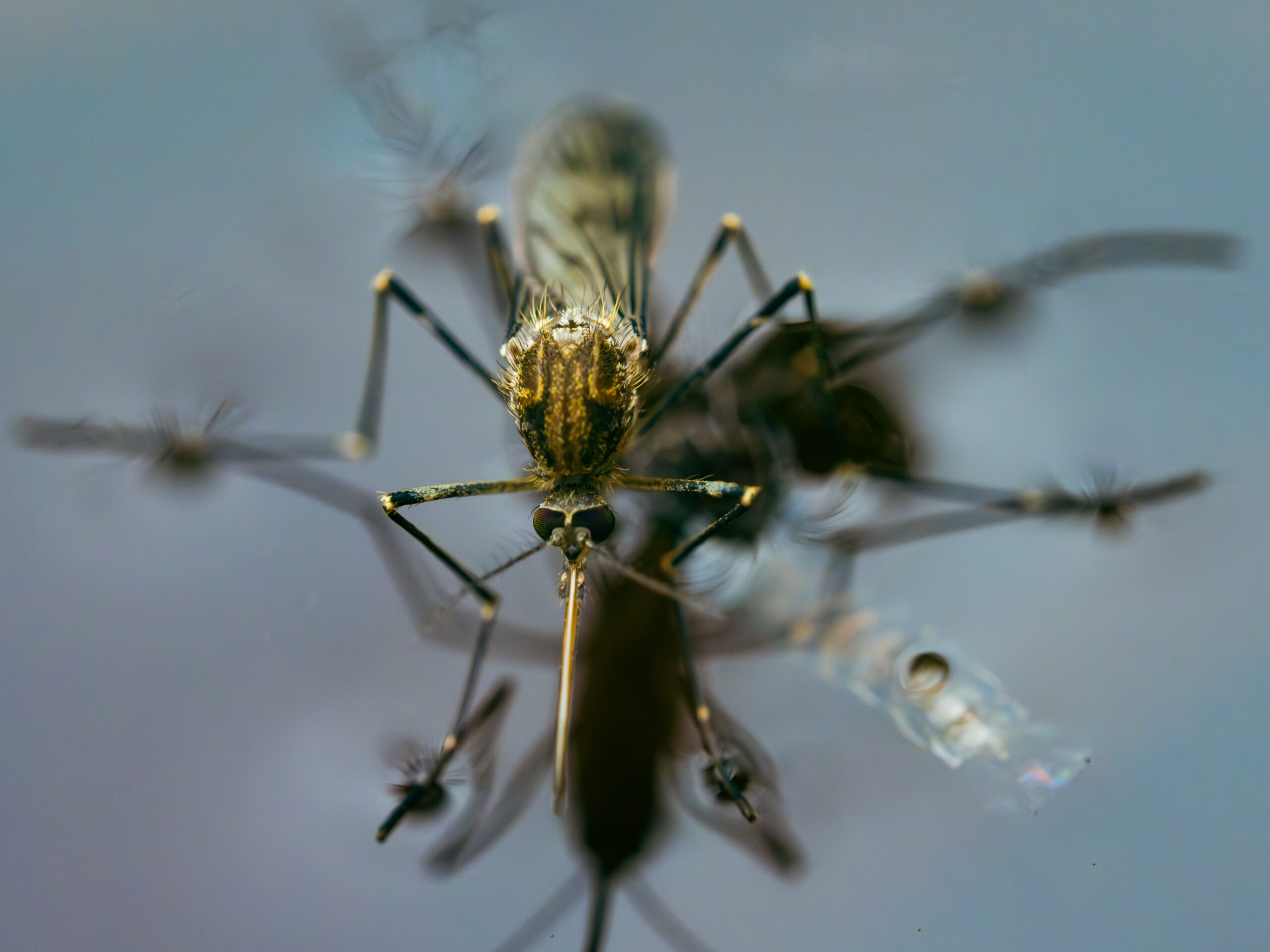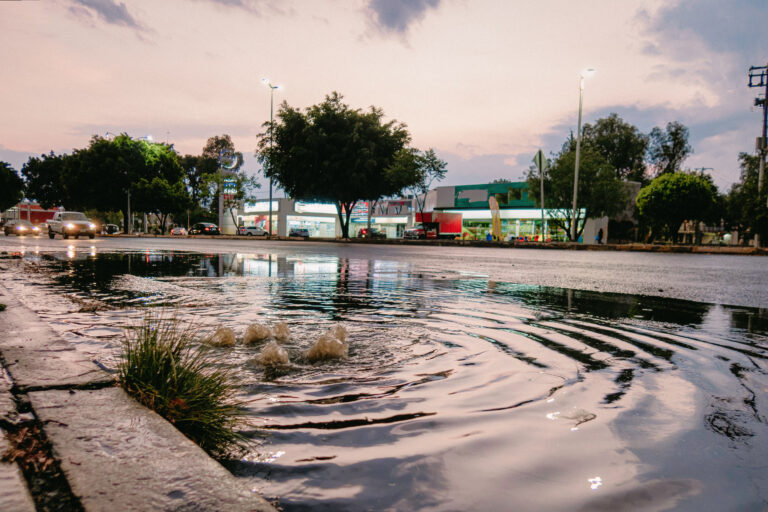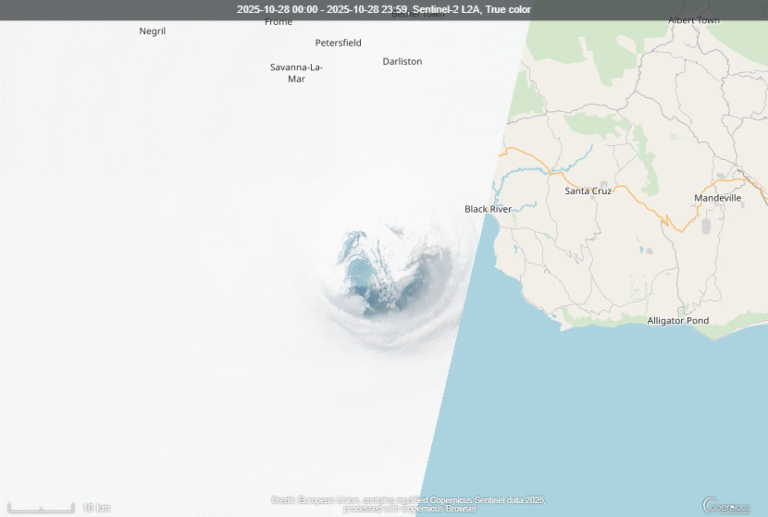Iceland’s First Mosquitoes: Will They Survive?
For generations, Iceland has been famous for many things — volcanoes, glaciers, geysers, and clean Arctic air. But one thing it never had was mosquitoes. The island’s harsh winters and unpredictable weather made it one of the very few mosquito-free countries on Earth. That record, however, may have just come to an end.
In October 2025, scientists confirmed the discovery of the first wild mosquitoes ever found in Iceland. The news sparked worldwide interest, not because three insects pose a health threat, but because of what they might symbolize: a clear biological sign that even the Arctic is warming fast.
Article continues below the video.
The Discovery That Surprised Iceland
The mosquitoes were discovered north of Reykjavík, in the small municipality of Kjósarhreppur. They were caught by a local resident who noticed them buzzing around during an unusually mild autumn. Using a homemade wine trap — a simple method involving a rope soaked in red wine — the resident caught three specimens: two females and one male.
Entomologist Matthías Alfreðsson from the Icelandic Institute of Natural History later confirmed their identity as Culiseta annulata, a cold-tolerant species widespread in northern Europe. Until this finding, no mosquito species had ever been proven to survive naturally in Iceland.
For scientists, this discovery was more than a curiosity. It challenged a long-held belief that Iceland’s constant freeze–thaw cycles made mosquito survival impossible. Traditionally, the country’s temperatures drop below freezing in autumn, then rise just enough to thaw the ground before plunging again — a deadly pattern for insect larvae that need stable conditions to mature.
How Did the Mosquitoes Reach Iceland?
Researchers think the mosquitoes probably didn’t fly there on their own. Instead, they likely hitched a ride on ships, airplanes, or within imported cargo. Iceland relies heavily on international trade, and global shipping routes constantly connect it to Europe and North America. It is easy to imagine mosquito eggs or adult insects hidden in vehicles, containers, or even damp machinery.
However, climate conditions are now making these accidental arrivals more successful. In the past, any mosquito that made it to Iceland would have perished within days. Now, with milder summers and fewer freezing nights, they have a short window to reproduce. Warmer weather allows eggs to develop faster, and standing water — often formed after heavy rainfall — provides the perfect nursery for larvae.
According to Alfreðsson, this may be the result of a “threshold shift.” Iceland’s climate has not become tropical, but it may have warmed just enough to let cold-tolerant species like Culiseta annulata survive, at least temporarily.
Can They Survive the Icelandic Winter?
Whether these mosquitoes will return next year is the big question. Survival through the winter would mark a turning point.
Culiseta annulata is known for its toughness. In countries like Norway and Scotland, the species hibernates in barns, stables, and basements, waiting for spring. It can tolerate subzero temperatures by slowing its metabolism. Theoretically, it could do the same in Iceland, especially in heated or sheltered spaces.
Still, the environment remains hostile. Iceland’s winters are unpredictable: one day may be mild and wet, the next day icy and brutal. These rapid shifts kill many overwintering insects. Frozen larvae often die when ice expands and breaks their fragile bodies, while adults that shelter in buildings must still find food to survive. Therefore, a single harsh winter could easily wipe them out.
But if winters continue to grow milder — as records show they have for several decades — the species might finally establish a permanent population. Scientists are now planning long-term monitoring programs to see whether new mosquitoes appear in 2026 and beyond.
What Makes This Discovery So Important
At first glance, three mosquitoes may not seem significant. Yet ecologists see them as a warning sign. Iceland has long served as a “climate canary,” reacting quickly to shifts in temperature. Glaciers are melting, vegetation zones are changing, and now insects once thought impossible are arriving.
Mosquitoes are particularly sensitive indicators because they depend on temperature for every stage of life — egg, larva, pupa, and adult. When a mosquito can survive in a new region, it means that the local climate has already crossed a biological threshold.
This does not mean Iceland is suddenly at risk of malaria or dengue. Culiseta annulata does not transmit human diseases. Still, its arrival reveals how ecosystems are shifting quietly beneath the surface. Other insects may follow, potentially changing food webs and affecting bird or fish populations that rely on specific prey.
A Broader Climate Connection
The appearance of mosquitoes in Iceland fits into a larger pattern seen across the northern hemisphere. In Canada, Alaska, and Scandinavia, species that once lived farther south are gradually expanding northward. Warmer winters allow eggs to survive, while longer summers extend breeding seasons.
Climate scientists call this “biological northward migration.” It’s not just happening with insects but also with plants, fish, and birds. Iceland’s mosquito discovery is simply the latest and most symbolic example.
Meanwhile, Icelanders themselves have reacted with a mix of fascination and disbelief. Social media buzzed with jokes about “mosquito season in Reykjavík,” but many residents also expressed concern. For a country that prided itself on being mosquito-free, the idea of itchy bites feels oddly unfamiliar.
The Future of Iceland’s Mosquito Mystery
Over the coming months, researchers will analyze temperature data, humidity levels, and breeding sites around Kjósarhreppur. If larvae are found next summer, it would confirm that mosquitoes have completed a full life cycle in Iceland for the first time ever. That, in turn, would mean the insects are no longer just visitors — they are residents.
Such a change would mark another step in Iceland’s transformation under climate change. It would also mean that the Arctic, once considered too cold for many forms of life, is becoming more biologically active. For better or worse, nature is adapting faster than anyone expected.
As Alfreðsson said in an interview, “If mosquitoes can make it here, then no place on Earth is truly safe from the effects of climate change.”
A Small Discovery, a Big Message
In the end, the discovery of Culiseta annulata in Iceland is not just about insects. It’s a reminder that climate change is rewriting the boundaries of life. The Arctic is warming at nearly four times the global average, and even the tiniest creatures are responding.
For now, the mosquitoes of Iceland are just a curiosity — a few isolated visitors on a windy island in the North Atlantic. But their presence sends a clear signal to the rest of the world: the environment is changing faster than we can imagine.



